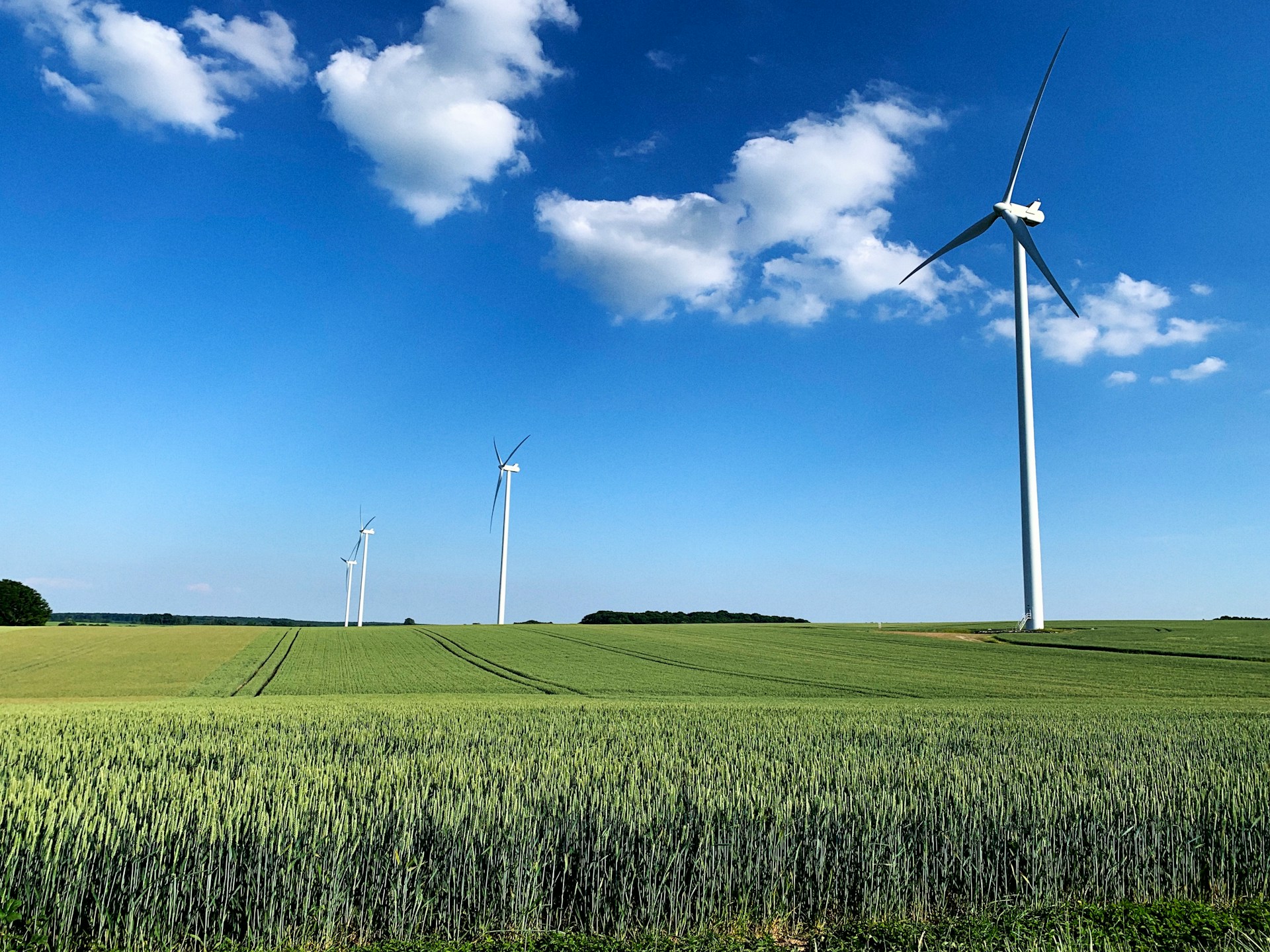Breaking News
Popular News




Australia’s energy future is being shaped by two competing forces: scientific and economic reality versus political spin. Renewable energy is cheaper, faster to deploy, and more reliable than ever before—yet the Liberal Party continues to push misleading narratives to justify their reluctance to embrace the transition.
At the heart of their argument is a mix of misinformation, manufactured outrage, and ideological resistance. Let’s break down some of their biggest talking points and compare them to the actual facts.
One of the more absurd Liberal Party arguments against renewables is that wind farms are “an eyesore” and “damage the landscape”. The hypocrisy reached new levels when Liberal MPs complained about the aesthetics of an offshore wind farm located 16km from the coast—far enough away that it would barely be visible on the horizon.
Compare this to fossil fuel infrastructure:
If the concern was genuinely about aesthetics, the Liberal Party would be campaigning against coal mines and refineries. Instead, they only seem to care when the infrastructure in question produces clean energy.
Peter Dutton has been pitching nuclear energy as a “serious alternative” to renewables, claiming it will provide affordable, reliable power. That claim collapses under the slightest scrutiny.
Here’s the reality:
Meanwhile, renewables are already powering Australian homes at a fraction of the cost. Solar, wind, and battery technology are improving every year, making them cheaper and more efficient.
The real purpose of the Coalition’s nuclear push isn’t to fix Australia’s energy problems—it’s to stall the transition to renewables while giving the fossil fuel industry a longer runway.
One of the most persistent Liberal talking points is that renewables are “unreliable” because the sun doesn’t always shine, and the wind doesn’t always blow. What they fail to mention is that Australia already has the solutions to this problem:
The biggest irony? The most unreliable sources of power in Australia are actually coal and gas. Aging coal-fired power stations frequently break down, and gas supply chains are highly volatile, with international market fluctuations leading to price spikes and shortages.
Renewables, when paired with modern energy storage solutions, are already proving to be more reliable than the outdated fossil fuel network.
Energy companies, global investors, and even conservative governments in other countries have accepted that renewables are the future. The International Energy Agency (IEA) has declared that solar is now the cheapest form of energy in history. Major Australian energy providers are phasing out coal ahead of schedule because it’s no longer financially viable.
Yet the Liberal Party is still clinging to the past, trying to convince Australians that the energy transition is too difficult, too expensive, or too unreliable—all while ignoring the actual data.
The reality is simple:
The only thing standing in the way is a political party more interested in ideological battles than practical solutions.
The energy transition isn’t a left vs. right issue—it’s a matter of economic and technological progress. Countries around the world are already making the shift, and Australia has some of the best renewable resources on the planet.
But instead of embracing reality, the Coalition continues to manufacture fear and uncertainty. Whether it’s calling wind farms an eyesore, pushing nuclear as a delay tactic, or pretending renewables are unreliable, their arguments don’t stand up to scrutiny.
Australians deserve an honest debate about energy policy—one based on facts, not political spin. It’s time to stop the distractions and focus on what actually works: a clean, affordable, and reliable energy future.
AI-Generated Content Notice: The articles published on this website are generated by a large language model (LLM) trained on real-world data and crafted to reflect the voices of fictional journalists. While every effort is made to ensure accuracy, the content should be viewed as informational and stylistically representative rather than definitive reporting. Always verify the information presented independently. Read our full disclaimer by clicking here.